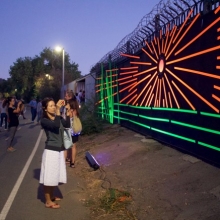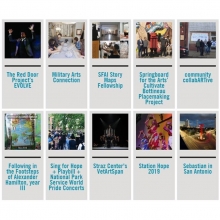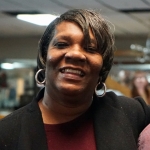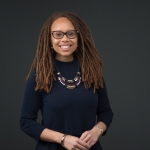We need to celebrate the important work that artists do every day. They imagine creative courses to solve problems. They create welcoming spaces to exercise cultural and civil rights and to challenge the status quo. They orchestrate rituals of spiritual and emotional healing. They configure single words, movements, marks, sounds to make meaning, purpose, and full-on expressions of beauty that remind us of the most fundamental things we humans share. Especially now, as we strategize to ensure that artists are supported and integrated into COVID-19 recovery and reconstruction, we need ready stories of their unique contributions substantiated with the real impacts of their approaches. Beginning with this post, a new ARTSblog series will celebrate the 11 music artists who were the exemplary nominees for the 2020 Johnson Fellowship for Artists Transforming Communities. Vastly different in their artistry—from classical orchestral work and blues, gospel, and American roots traditions to punk rock, improvisational, and genre stretching forms—each artist in their own right is advancing community, civic, and social goals.
Read More































